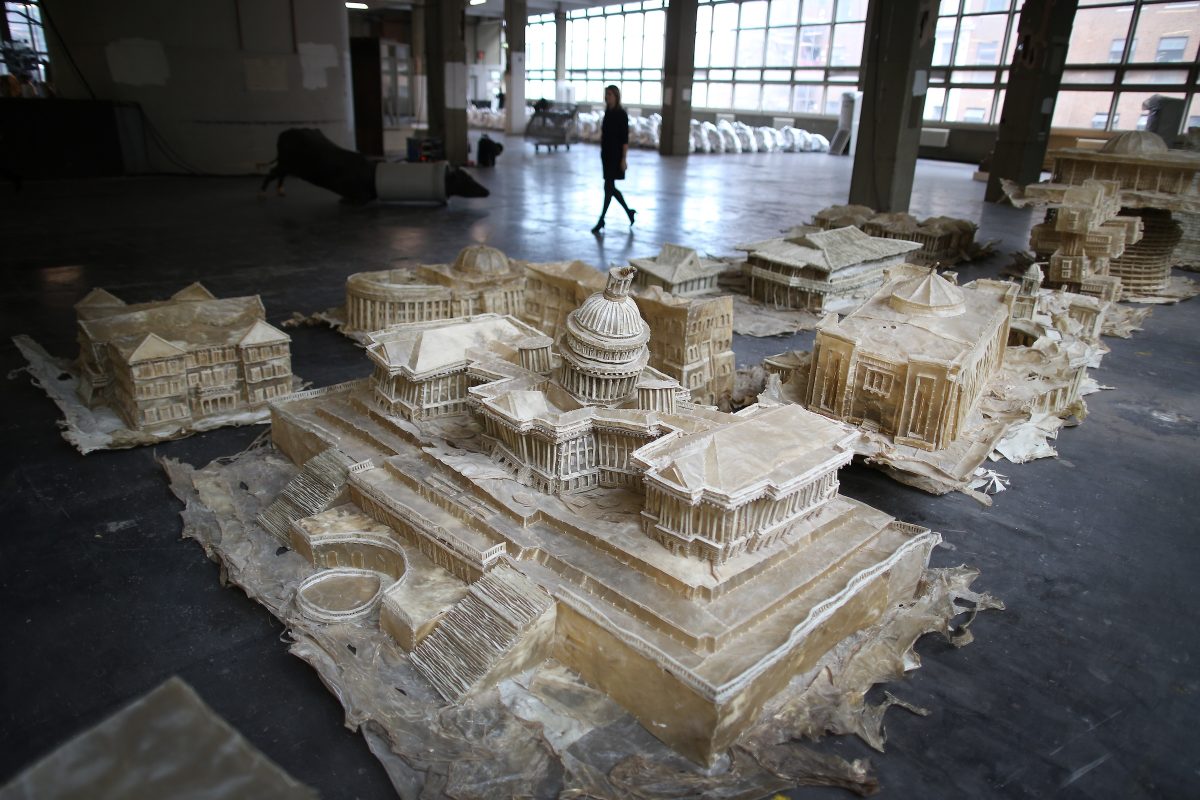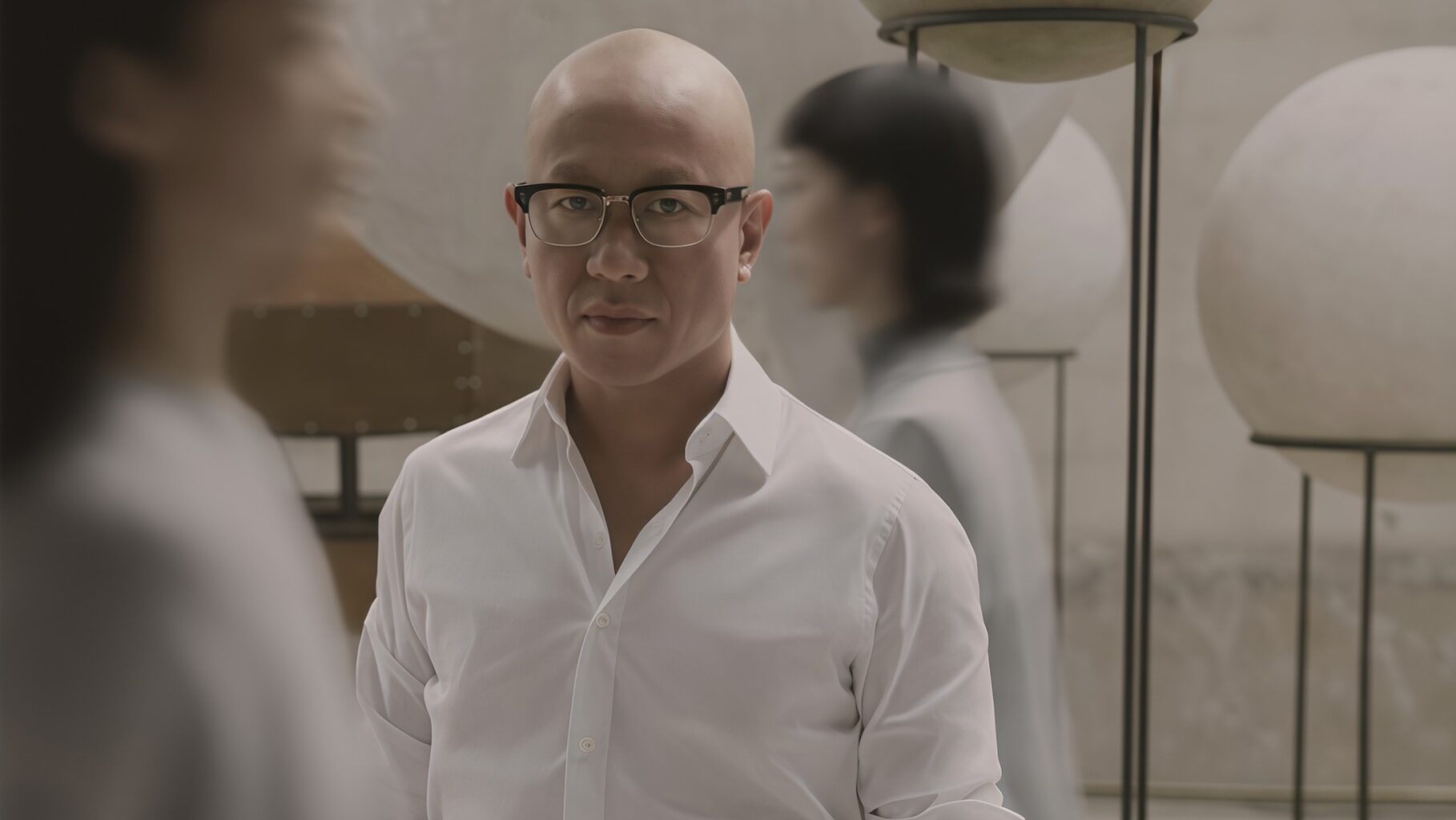The Metropolitan Museum of Art has announced that Chinese artist Liu Wei will create four large-scale sculptures for its Fifth Avenue facade, debuting in fall 2026 through June of the following year.
The commission is part of the New York museum’s annual tradition, which invites contemporary artists to engage with the architecture of its historic building and collections that in some cases date back thousands of years. Wei’s project will be the seventh in the ongoing Facade Commission series, launched in 2019 and intended as a dialogue between the past and present.
Known for his evocative and unconventional installations exploring themes of urbanization and modernity — like a series of architectural landmarks made out of dog chews — Wei will create several composite sculptures from a range of materials for The Met. The project marks the Beijing-based artist’s first major institutional exhibition in the United States.
In a statement, Wei described the commission as “a challenge and a blessing.”
“To dialogue with the tremendous legacy of human civilization through The Met’s Genesis Facade Commission makes me so excited and anxious,” Wei said.
The Met’s facade has previously featured artworks by Kenyan-born artist Wangechi Mutu, Iranian-German sculptor Nairy Baghramian, and Lee Bul of South Korea, each of whom reimagined the museum’s classical architecture through a contemporary lens. The most recent commission, by Jeffrey Gibson, showcases 10-foot bronze sculptures of different animals that carry symbolic significance in certain Indigenous cultures. Gibson’s pieces, unveiled in September 2025, will be on view through June 2026.
 “Love it! Bite it!” (2005–2007), Liu Wei’s sculpture of world-famous buildings made from edible dog chews (photo by Peter Macdiarmid/Getty Images)
“Love it! Bite it!” (2005–2007), Liu Wei’s sculpture of world-famous buildings made from edible dog chews (photo by Peter Macdiarmid/Getty Images)
Born in 1972 during the Cultural Revolution, Wei rose to prominence in China’s contemporary art scene during the early 1990s as part of a movement known as Cynical Realism, whose practitioners created satirical and often humorous paintings reflecting the socio-political climate of the time.
Wei has participated in numerous global exhibitions, including the inaugural China Pavilion at the 51st Venice Biennale in 2005, where he showed a light installation titled “Star.” Following several proposal rejections by the 2004 Shanghai Biennale panel, the artist submitted a photograph depicting a black-and-white mountain landscape composed of a cluster of naked buttocks. To his surprise, the submission was accepted.
“For me, his work always compellingly pierces through perceptions of reality with a blend of rawness and refinement,” said Lesley Ma, associate curator of Asian Art at The Met, in the museum’s statement. “I look forward to seeing how he challenges our expectations for the classical niches and for public sculptures.”
